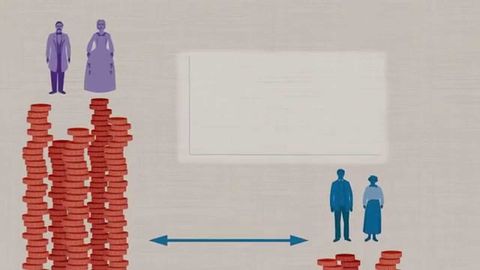
字幕と単語
トーマス・ピケティの『21世紀の資本』入門-マカット経済学分析 (An Introduction to Thomas Piketty's Capital in the 21st Century- Macat Economics Analysis)
00
周杰 が 2021 年 01 月 14 日 に投稿保存
動画の中の単語
raise
US /rez/
・
UK /reɪz/
- v.t.賭け金を上げる;募金を集める;育てる : 養う;(死者を)生き返らせる : よみがえらせる;増やす;上げる;提起する;(給料などが)増える : (給料などを)増やす;(植物を)栽培する : (動物を)飼育する
- n. (c./u.)賭け金を上げること;昇給
A1 初級TOEIC
もっと見る エネルギーを使用
すべての単語を解除
発音・解説・フィルター機能を解除
